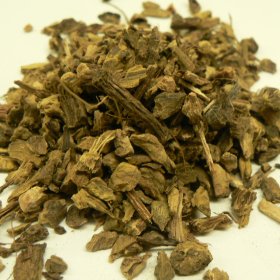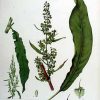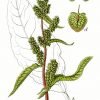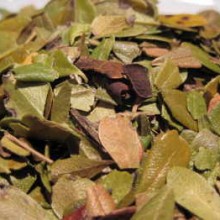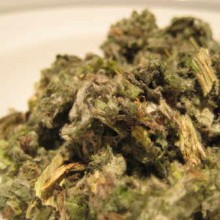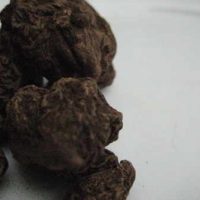Yellow Dock Root (Rumex crispus) is also sometimes called Curly Dock or Curled Dock is a native of Europe and Western Asia. It tends to grow on waste ground.
Yellow Dock grows in a wide variety of various habitats like disturbed soil, waste areas, roadsides, field andmeadows, shorelines, and forest edges. It is widely naturalised nowdays throughout the temperate world and has become a serious invasive species especially in North and South America and parts of New Zealand and Australia.
The leaves are full of Oxalic acid and as a consequence, although they can be eaten as a boiled green vegetable, it is wise to use only young leaves and change the water you boil them in several times to remove this substance as much as you can. Mature leaves are so bitter they are almost impossible to stomach. Young tender leaves may be used in salads sparingly.
Traditional Uses for Yellow Dock Root:-
An infusion of the herb is a general tonic that is usually taken to cleanse the system of toxic wastes and help to relieve virtually all disorders associated with impurities in the blood. It promotes clear, healthy skin and alleviates eczema, pimples, psoriasis and acne.
It is an hepatic (liver) cleanser and has traditionally been used to treat jaundice, hepatitis and other liver disorders. Its laxative effects promote good colon health, easing constipation, clearing bodily wastes and improving skin eruptions caused by constipation. Moreover, its rich iron content helps to enrich blood quality and relieve anaemia. It is often used in combination with Nettle Leaf in this context.
A cooled infusion of the root applied topically provides good relief from itching and soreness due to eczema and psoriasis and other dermatological conditions. A paste of the ground root acts like a poultice and will draw on a boil as well as help to relieve skin irritation

